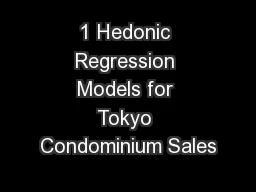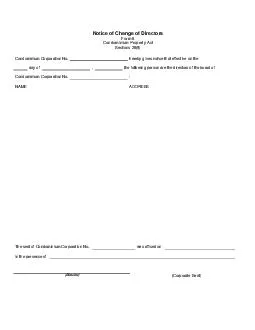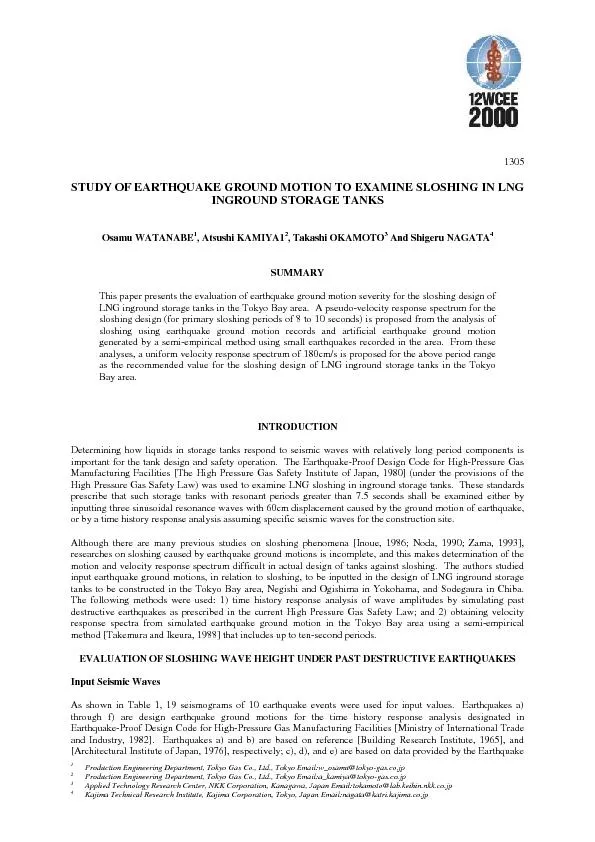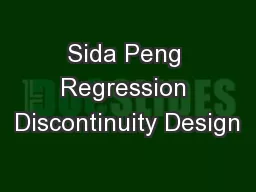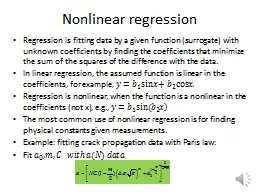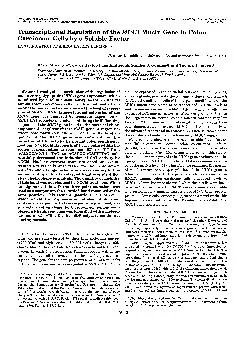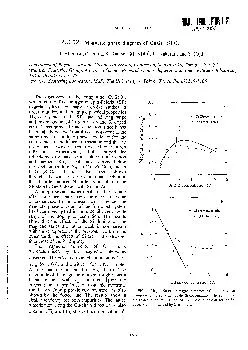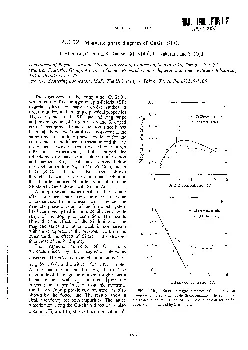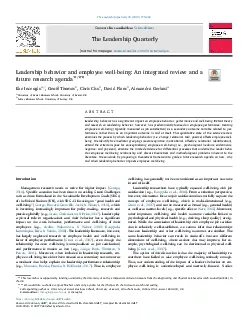PPT-1 Hedonic Regression Models for Tokyo Condominium Sales
Author : natalia-silvester | Published Date : 2017-07-15
by Erwin Diewert University of British Columbia Presentation by Chihiro Shimizu Nihon University Hitotsubashi RIETI International Workshop on Real Estate Market
Presentation Embed Code
Download Presentation
Download Presentation The PPT/PDF document "1 Hedonic Regression Models for Tokyo Co..." is the property of its rightful owner. Permission is granted to download and print the materials on this website for personal, non-commercial use only, and to display it on your personal computer provided you do not modify the materials and that you retain all copyright notices contained in the materials. By downloading content from our website, you accept the terms of this agreement.
1 Hedonic Regression Models for Tokyo Condominium Sales: Transcript
Download Rules Of Document
"1 Hedonic Regression Models for Tokyo Condominium Sales"The content belongs to its owner. You may download and print it for personal use, without modification, and keep all copyright notices. By downloading, you agree to these terms.
Related Documents

